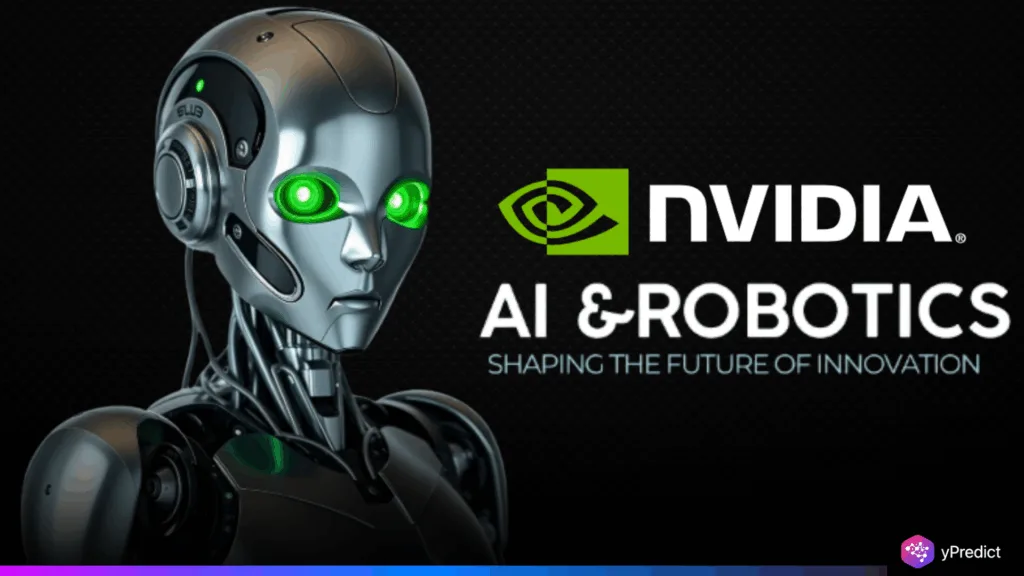
AI robotics has advanced significantly with NVIDIA’s release of Isaac Sim 5.0 and Isaac Lab 2.2. The announcement was made at SIGGRAPH 2025 and provides developers with previously unheard-of tools for creating, improving, and testing intelligent robots. These updates are currently accessible on GitHub. Additionally, these updates promise better robot simulation, seamless integration with standard robotics frameworks, and enhanced synthetic data generation.
Major Updates to AI Robotics Platforms
Isaac Sim 5.0’s open-source extension model allows developers greater customization choices. NVIDIA Robotics officially announced the Isaac Sim 5.0 and Isaac Lab 2.2 updates on X. NVIDIA’s NuRec libraries and the 3DGUT tool are used to convert real-world images into high-fidelity, interactive environments.
Consequently, this makes it easier to transform image datasets into 3D models that are prepared for simulation. In addition, new workflows for synthetic data have enabled the training of robots in a variety of realistic situations. Additional improvements include automated grasp simulation for manipulator training and MobilityGen for physics-based data generation.
For effective data exports, it also comes with an Omniverse Replicator writer that has been optimized. These tools broaden the scope of robot simulation, increasing the adaptability of training and the dependability of results.
Enhanced Simulation and Hardware Models
A new robot schema now standardizes Isaac Sim definitions, improving compatibility and accuracy. Hexagon Robotics and Maxon collaborated to create a joint friction model to help close the gap between simulated and real-world movement.
Furthermore, the new Robot Import Wizard simplifies the process of onboarding assets for testing. Additionally, a stereo depth model with complex disparity and a USD-based schema for RTX sensor definitions. As a result, this effect is added to improve sensor simulation. A ZeroMQ bridge, unified ROS 2 simulation interfaces, and support for ROS 2 Jazzy Jalisco guarantee seamless integration with current robotics platforms.
Will AI Robotics Training See a Major Shift?
In Isaac Lab 2.2, a tensorized suction cup gripper for intricate manipulation enhances robot learning policy training. Additionally, it speeds up scene loading via Omniverse Fabric. Motion generation in the GR00T-Mimic environment has been enhanced to produce richer datasets, aiding reinforcement learning performance.
Moreover, NVIDIA is developing open-source policy evaluation benchmarks in partnership with Lightwheel to facilitate large-scale testing. This project intends to promote community-driven innovations in intelligent automation and expedite experimentation.
AI Robotics Future Moves Closer to Real-World Deployment
The release of Isaac Lab 2.2 and Isaac Sim 5.0 marked a significant advancement in AI robotics. As a result, it is becoming more scalable and accurate. Furthermore, integrating advanced synthetic data pipelines that have realistic robot simulation shortens development cycles and boosts efficiency. As adoption grows and simulation and physical deployment become increasingly overlapping, the path from concept to working robot will shift.






